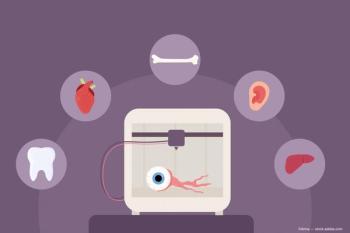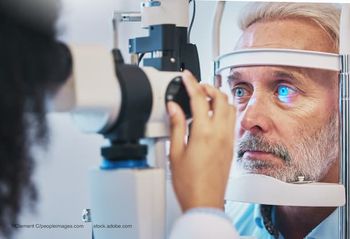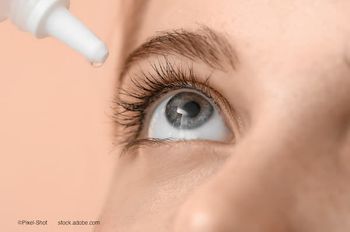
Aramis Biosciences doses first patient in Phase II clinical trial for topical immunomodulatory agent for the treatment of dry eye disease
The company expects to have topline proof of concept data by the end of the first quarter of the year.
Aramis Biosciences Inc. today announced that the first patient has been dosed in its Phase II proof of concept clinical trial evaluating A197, a novel, first-in-class, topical immunomodulatory agent for the treatment of dry eye disease.
The Phase II, multicenter, double-masked, randomly assigned, vehicle-controlled, parallel-group clinical trial (NCT05238597) is designed to evaluate the safety and tolerability as well as explore the efficacy of two doses of A197 ophthalmic solution in approximately 200 patients with dry eye disease.
According to the company, the primary endpoint of the trial measures the change from baseline in corneal fluorescein staining with a key secondary endpoint evaluating eye dryness symptoms using the visual analog scale (VAS).
The clinical trial will be conducted across approximately 20 centers in the United States.
“This is an important milestone for Aramis Biosciences and a hopeful moment for dry eye patients given the suboptimal efficacy and tolerability limitations commonly associated with available treatments,” David S. Tierney, MD, Aramis Biosciences’ president and CEO, said in a statement. “We are thrilled with the study team assembled for this clinical trial, from our contract research organization to our clinical investigators, and look forward to topline proof of concept data by the first quarter of 2023.”
Newsletter
Don’t miss out—get Ophthalmology Times updates on the latest clinical advancements and expert interviews, straight to your inbox.


















































.png)


